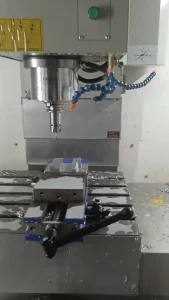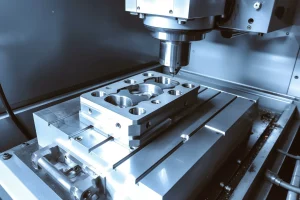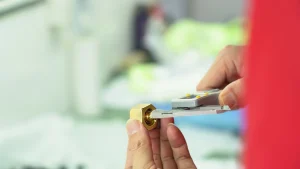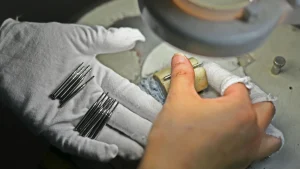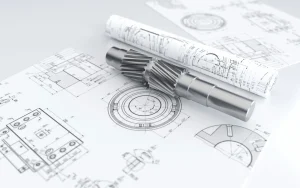It’s well known that CNC machining centers can process parts with complex shapes, diverse processes, and high precision requirements that conventional machine tools cannot. Furthermore, CNC machining centers can be equipped with more tools and fixtures, and can handle parts that conventional machine tools require multiple clampings to complete.
So, what are the main products CNC machining centers can process?
1. Cavity and Box Precision Components
Box and cavity parts generally refer to components with one or more hole systems, a specific internal cavity, and specific proportions in length, width, and height. These products are very common in the machinery, automotive, and aviation fields. Examples include:
- Automobile engine cylinder blocks
- Transmission housings
- Machine tool headstocks
- Gearboxes
- Oil drilling rig cylinders
- Various pump casings
Box and cavity parts generally require multi-station machining and flat machining, and the machining precision requirements are usually high, especially those for geometric and positional tolerances. Particularly strict, for example, automotive parts and aerospace parts usually require tolerances at the micrometer level, and usually need to go through drilling, reaming, expanding, boring, cutting, tapping, cutting, milling and other processes, which require a lot of tools and fixtures.
On conventional processing machines, multiple clamping and calibration are required, and the number of manual measurements is relatively high, which makes the process and procedures complicated, and the processing cycle and cost increase. More importantly, the accuracy is difficult to guarantee.
However, if a CNC machining center is used to process it, it can be done in one go. Clamping can complete most or all of the processes required by conventional machine tools. This provides high and stable part precision, consistency, and quality, shortens the production process, and offers significant cost savings.
If a component requires numerous machining stations and multiple table rotations, a horizontal machining center is generally the right choice. When machining stations are limited and the span is small, a vertical CNC machining center can be selected.
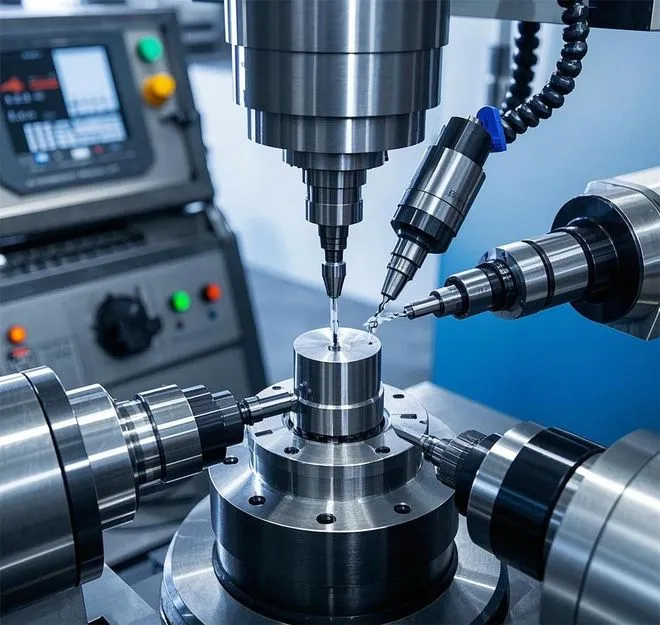
2. Parts with Complex Curved Surfaces
In aerospace, shipbuilding, communications, medical, automotive, and defense equipment applications, complex curved surfaces account for a significant proportion of components.
For example:
- Propellers
- Impellers
- Various curved molds
These are difficult to achieve using conventional machining methods, and some are impossible. CNC machining centers offer significant flexibility in machining these components, especially with the more advanced four- and five-axis machining centers.
These centers can produce complex surfaces and shapes that are even invisible to the naked eye, a feat unmatched by traditional machinery.
In general, CNC machining centers can produce parts that are impossible with traditional machining machines, while maintaining higher precision and efficiency.
About RapidEfficient
RapidEfficient specializes in high-precision CNC machining with 18 years of experience. Its products cover medical, communications, optics, drones, intelligent robots, automotive, and office automation parts.
The company’s CNC machining centers include four-axis, five-axis, and linkage machine tools and are equipped with precision projectors, three-coordinate measuring machines, spectrometers, and other precision testing equipment.
- Machining accuracy: up to 0.01 mm
- Testing accuracy: up to 0.001 mm

